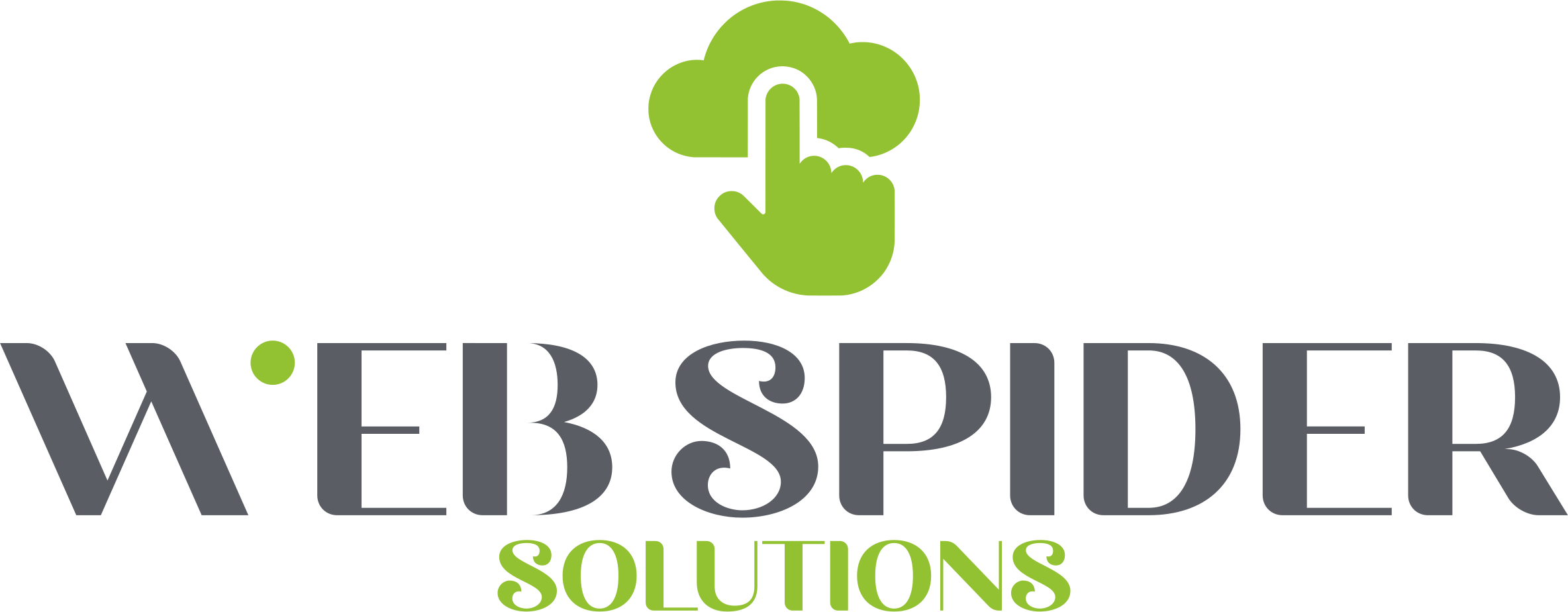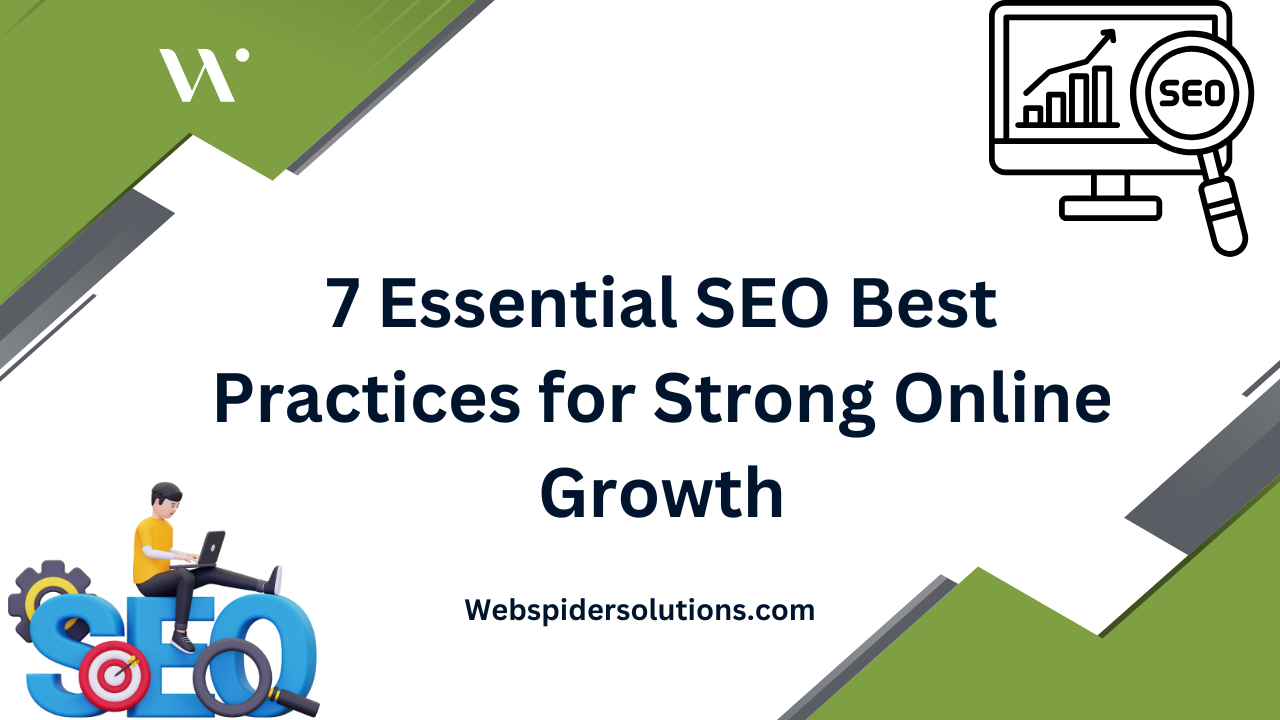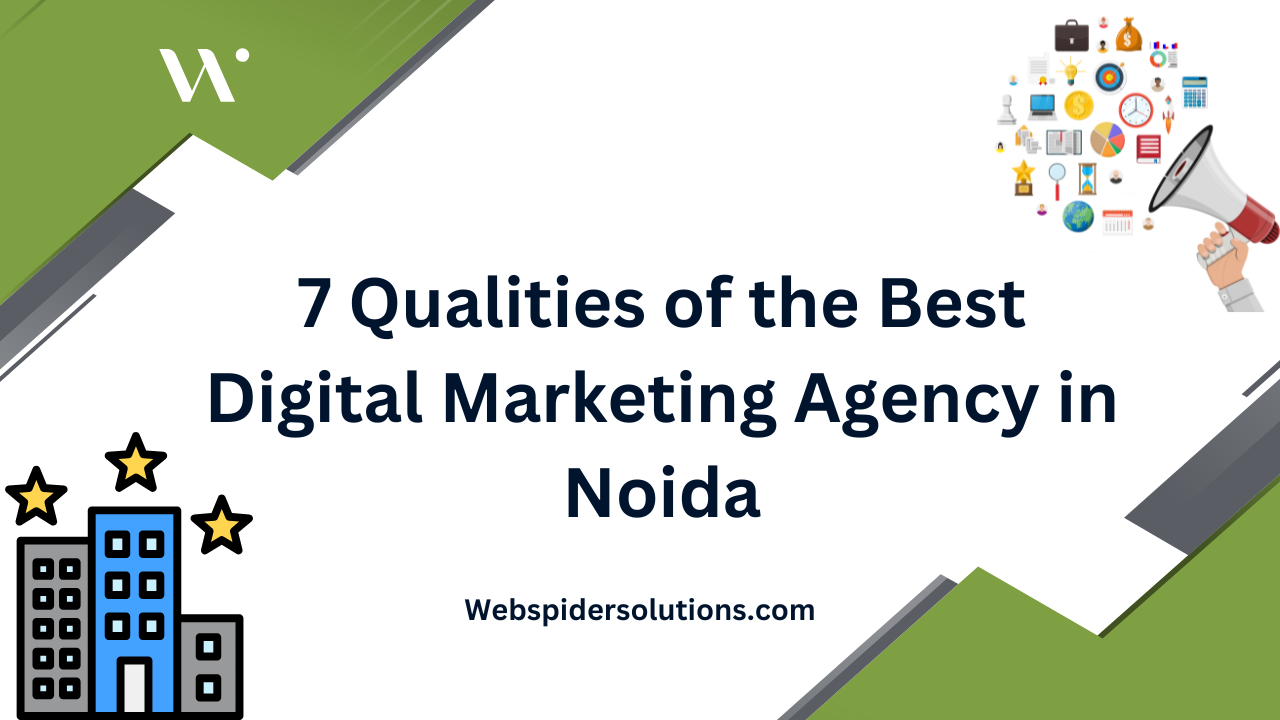In the modern world, social media management tools are essential for any business and an average person. Given the current trend of social media platforms and the ever increasing need for content, it can be rather challenging to maintain and manage several accounts. Let alone tools such as Buffer and Hootsuite – two of the biggest apps that help with this. But what is the best option for you? This blog compares Buffer and Hootsuite across different elements to support you in making a decision.
1. Introduction to Buffer and Hootsuite
As two of the leading social media management tools, Buffer and Hootsuite showcase strengths and weaknesses specific to their design, with the approach being better suited for certain demographics. Buffer’s ability to be durable is due to its uncomplicated framework and its user post planning, distinct from Hootsuite that now provides a suite of features including social listening, analytics, and interaction with customers.
Buffer: Build in 2010, the central aim of Buffer is to simplify the scheduling of social media posts for its customers. Features like analytics together with team collaboration are integrated, while it keeps its design approachable to facilitate new users well.
Hootsuite: Because it was launched in 2008, Hootsuite can offer a detailed array of features. The platform provides the opportunity to organize posts in social media along with helpful tools for monitoring conversations, engagement with the audience, and analytics tracking. Hootsuite is actually more suitable for bigger companies or organizations with several social profiles when working with teams.
2. User Interface and Experience
The other important factors that one should consider when selecting a social media management tool are the user interface and the usability.
Buffer’s Interface: The major advantage of Buffer is its design – it is clean and simple. It offers a clean and functional interface where you can plan content, see a content calendar, and get some rather basic metrics. It’s easy to use with a short learning curve which is advantageous for single user or a small group of people who want to schedule posts without being bothered by confusing interface.
Hootsuite’s Interface: However, Hootsuite has a more elaborate interface with many features on the dashboard that might be confusing to the new user. The dashboard is rich in features including the real time stream for social media listening, enhanced data analysis and ability to manage multiple accounts. Although it can be overwhelming at first, it offers a wide range of tools that will be useful for people who have to control several aspects of their social media marketing.
Winner: For the newbies and the people who want a simple design. Hootsuite for power users who wish to have an access to a number of features.
3. Scheduling and Posting
Regarding scheduling and posting, every platform is valuable, but they execute their methods with minor variations.
Buffer’s Scheduling: Buffer gives users the opportunity to set up posts ahead of publishing for platforms that include Facebook, Twitter, Instagram, LinkedIn, and Pinterest. The ease of setting up your own posting schedules and then letting it run. Buffer makes it easy to post on different social platforms lets you know the best time to post through its ‘Best Time to Post’ feature.
Hootsuite’s Scheduling: Hootsuite enables users to link several social media accounts and offers improved posting features that allow bulk scheduling via a CSV upload, which is very helpful for those administrators tasked with managing a great deal of content. The auto-schedule option included in Hootsuite helps in figuring out the optimal posting times for achieving higher engagement.
Winner: Tie. When it comes to the interface and usability, Buffer is more clean and intuitive, yet Hootsuite offers more professional set of features including bulk scheduling for users who post a lot of content.
4. SNS Monitoring and Participation
There is one area that is clear Hootsuite is superior in and that is in social listening and engagement tools.
Buffer’s Engagement Features: In terms of engaging audiences there is not a lot that Buffer can do compared to Hootsuite. As Buffer is mainly a content distributing platform, it has some analytics to show, but no comprehensive social listening or live engagement with the audience.
Hootsuite’s Social Listening: Hootsuite shines here. It enables the creation of streams that can track keywords, hashtags and mentions on different platforms. This makes it easier to track for brand, competitors or even the industry as a whole. Furthermore, Hootsuite allows its users to reply to messages and comments on their wall from the dashboard, thus, allowing the user to interact with the target market in real-time.
Winner: Hootsuite has better social analytics and interaction features than any other tool on the list.
5. Analytics and Reporting
In order to optimize your approach, it is important to know how well you are doing in social media, and both Buffer and Hootsuite include analytics.
Buffer’s Analytics: Buffer has provided important, although simple, analytics for users with small and medium-size accounts. The platform offers information about post activity, such as likes, shares, comments, and post engagement rate. It also provides a simple report in form of visuals which are easier to interpret but does not contain necessary details for performance analysis across account.
Hootsuite’s Analytics: Hootsuite has more professional functionality in the field of analytics and reporting. It enables the user to create his/her own report, compare the performance between different platforms, and monitor a number of metrics such as engagement, follower, and traffic. The detailed reports make it a go to choice for businesses that need to measure their return on investment or for presenting complex data to their stakeholders.
Winner: For organizations with complex reporting requirements, Hootsuite is more appropriate as compared to Buffer with limited needs.
6. Pricing and Plans
Every one of these platforms has diverse pricing schemes based on whether users are individuals, small, medium or large organizations.
Buffer’s Pricing: The free package from Buffer enables users to sync up to three social media profiles, and allows scheduling of 10 posts per profile. Subscriptions begin at $5 per month per social network, and they will allow for posting and account analysis for more users. It is economic and can be conveniently installed in small business firms or for personal use.
Hootsuite’s Pricing: Hootsuite also provides free trial version where you can manage only two social accounts and you can schedule only five posts. The basic package starts with $99 per month for one to ten accounts. However, it is more costly and the pricing is more comprehensive to include team collaboration and detailed analysis.
Winner: Hootsuite is more expensive than Buffer and is ideal for large organisations while Buffer is ideal for small teams and individual social media managers.
Final Verdict: Which is Right for You?
Choosing between Hootsuite and Buffer latterly rests on your needs.
For those who are small business owners, solo entrepreneurs, or simply navigating social media for the first time, looking for a tool that’s easy to use and does not incur a hefty cost, Buffer is probably the wiser choice.
Conversely, if you lead a larger team or manage an enterprise with many social accounts, and you need sophisticated features such as social listening, insightful analytics, and collaboration capabilities, Hootsuite is a smart investment. Ultimately, it’s about discovering the right balance of functions and simplicity adapted to your specific social media approach, for further information contact us.











